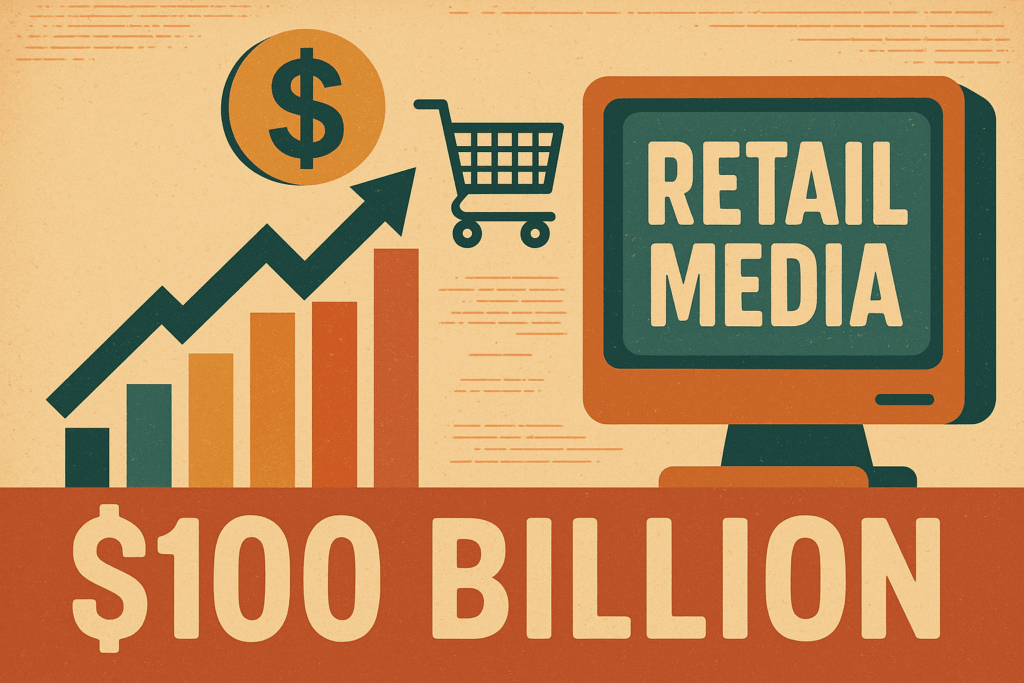CPG Brands Opting Out of Cookies: The Retail Media & CTV Imperative
Consumer Packaged Goods (CPG) brands are rapidly moving away from third-party cookies. This shift is fueled by growing investments in retail media networks (RMNs) and connected TV (CTV), which provide alternatives for efficient, data-driven advertising amid changing privacy regulations and evolving consumer behaviors.
Why CPGs Face a Unique Data Challenge
Traditionally, CPG brands have had limited access to direct first-party consumer data because their products are sold through retailers rather than direct to consumers. This has made them highly dependent on third-party cookies to gather audience insights and target advertising. With the deprecation of cookies, CPGs must seek new ways to connect with consumers effectively.
Retail Media’s Precision Targeting Advantage
Retail media networks offer CPG brands direct access to first-party purchase data including intent signals and transactional history. This rich, merchant-sourced information enables brands to target ads more precisely without relying on cookies. RMNs simplify access to these valuable data points, making it easier for brands to reach the right customers at the right time within retail environments.
CTV’s Scale and Addressability
Connected TV blends the vast reach of traditional television with the addressability inherent in digital media. This combination attracts significant CPG ad spend as it allows brands to deliver targeted messages on a large scale without cookie dependency. CTV’s capabilities support audience segmentation and measurement that align with the cookieless reality.
A Strategic Move for Advertising Effectiveness
The transition toward retail media and CTV reflects a strategic effort by CPG brands to optimize advertising budgets. By leveraging reliable first-party data and scalable, addressable channels, they aim to future-proof their marketing strategies. This shift enables improved ad spend efficiency and better campaign outcomes despite the challenges posed by tightening privacy standards and economic pressures.



